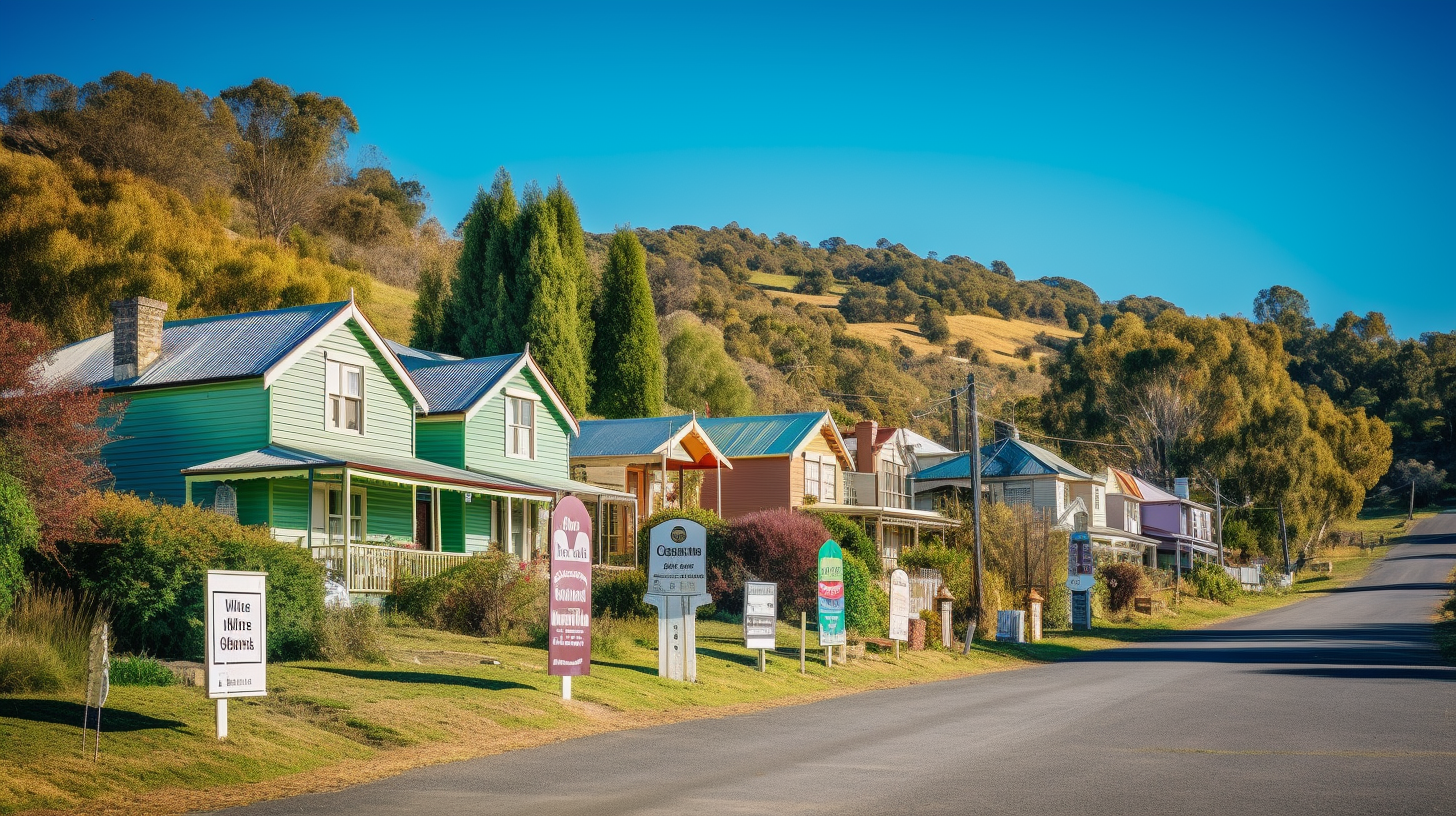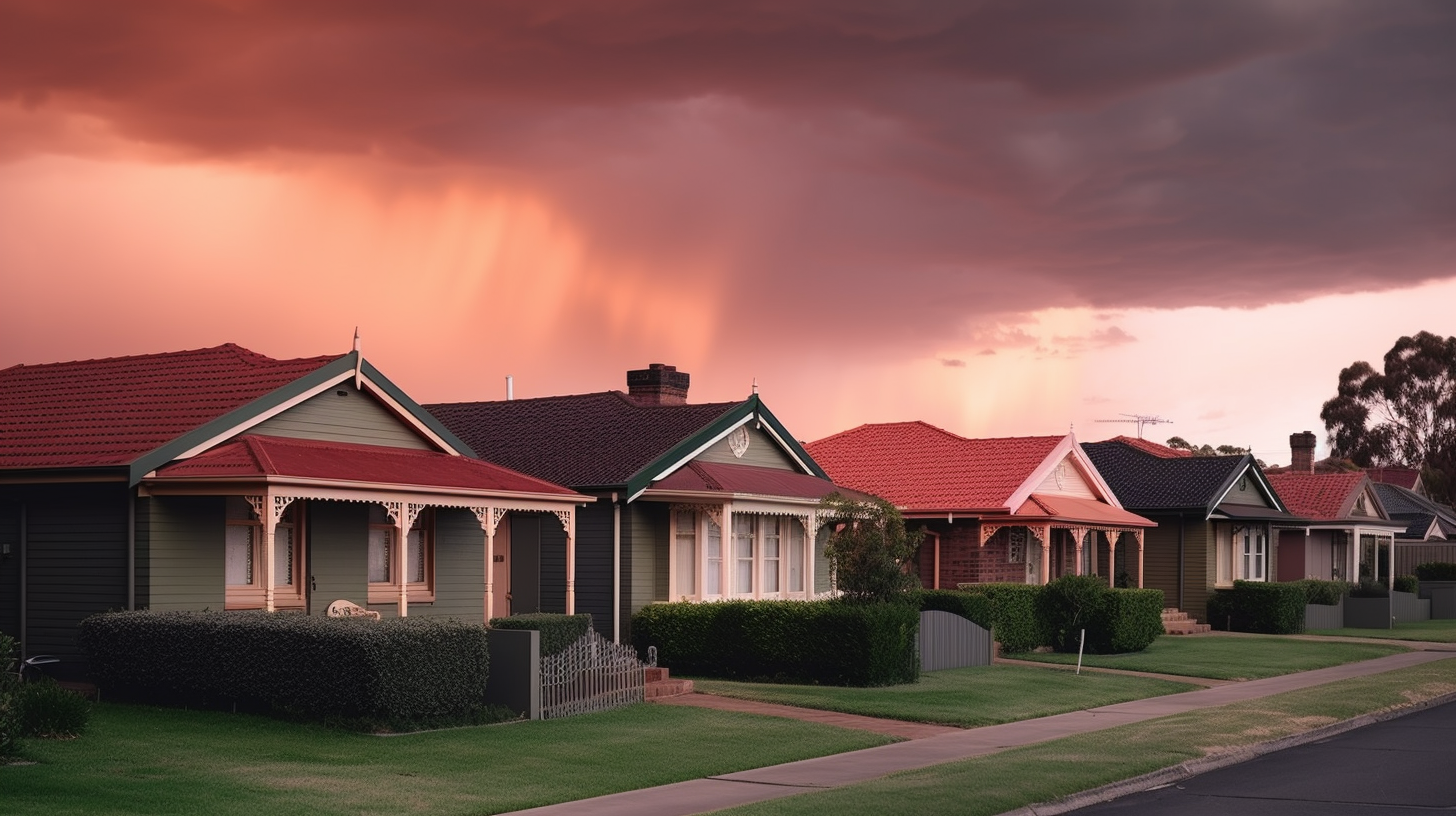The Great Property Divide: Why State Borders Are Creating Two-Speed Markets
August 15, 2025

Description:
Australia’s housing market is splitting along state lines, with some regions surging while others stall. Here’s what’s driving the divergence—and how buyers and investors can adjust their strategies in 2025.
Keywords:
Australian property market 2025, housing trends by state, Queensland vs Victoria property, interstate market differences, housing growth rates, real estate strategy, regional housing boom, property investment Australia, market divide, home buyer insights
The Great Property Divide: Why State Borders Are Creating Two-Speed Markets
Australia’s housing market is no longer moving as one. According to recent insights, state borders are increasingly shaping the direction of property prices, creating a “great divide” across the country.
While some states are seeing prices rise rapidly, others remain flat or are even declining. So what’s driving this divergence—and what does it mean for buyers, sellers, and investors in 2025?
🌏 Queensland, WA and SA Lead the Pack
The standout performers so far in 2025 are Queensland, Western Australia, and South Australia. These states are recording the highest growth in property prices, fuelled by strong population growth, housing shortages, and relative affordability compared to the east coast capitals.
In Brisbane, Adelaide, and Perth, median home values are rising steadily, with strong buyer demand and limited supply pushing prices upward—even as national economic conditions remain mixed.
These markets also offer lifestyle appeal, particularly for remote workers and interstate movers seeking more space and lower costs.
🏙️ NSW and Victoria Losing Steam
In contrast, the property markets in New South Wales and Victoria, particularly in Sydney and Melbourne, have softened. Higher property prices, stretched borrowing capacity, and a larger stock of listings are slowing down momentum.
While parts of regional Victoria and NSW still show resilience, inner-city markets are facing affordability constraints and buyer hesitation.
Investors are also increasingly looking outside these states for better yields and growth potential, shifting capital to markets with stronger fundamentals and more competitive pricing.
📉 A Tale of Two Housing Markets
What we’re seeing now is the emergence of a two-speed property market. Growth is being driven not just by interest rates and inflation, but by state-specific dynamics—including infrastructure spending, population shifts, and supply levels.
This means location matters more than ever. Buyers need to think beyond national headlines and focus on local fundamentals: job creation, migration patterns, infrastructure plans, and land release strategies.
💡 What Buyers and Investors Should Do
For home buyers, this divide offers opportunity—especially in growth regions where prices are still within reach but trending upward. Buyers priced out of Sydney or Melbourne may find more value and growth potential in cities like Brisbane, Adelaide, or Perth.
For investors, state-by-state analysis is essential. Understanding local rental demand, vacancy rates, and economic drivers can help identify the best-performing suburbs in a divided market.
Final Thoughts
Australia’s property market is no longer a one-size-fits-all environment. As state borders define winners and laggards, smart buyers and investors will be those who adapt their strategies to reflect these evolving conditions.
In 2025, success will come down to knowing where to look, not just when to buy.


